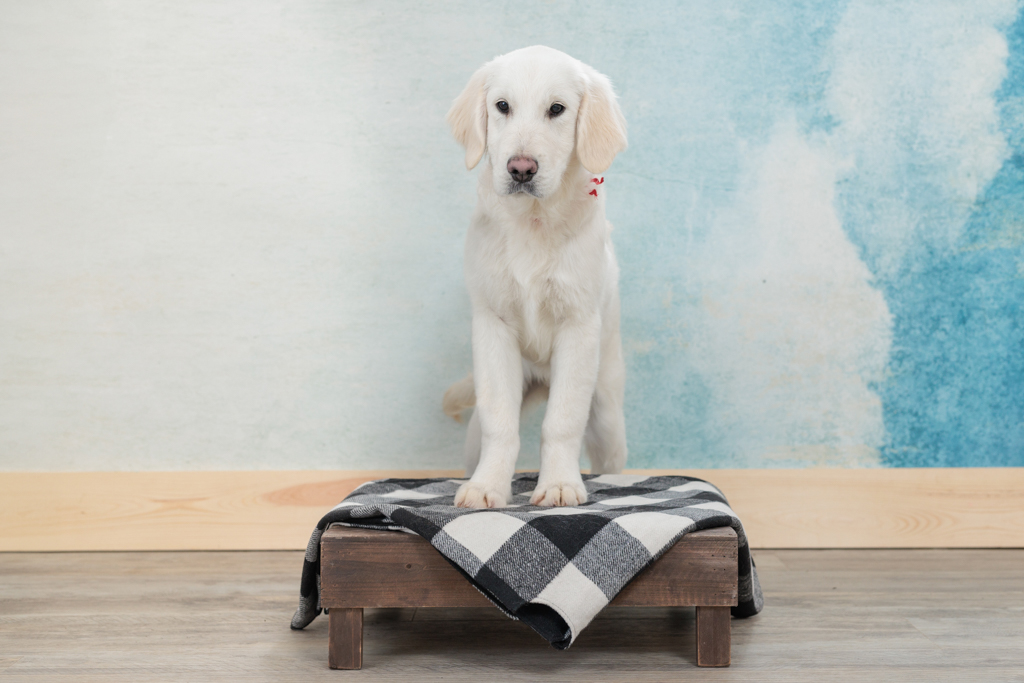Bringing home a new puppy is a delightful combo of Christmas morning joy and “parenting 101” lessons on steroids.
Your pup is a furry bundle of chew toys, countless cuddles, and…did I mention the chew toys?
But amidst the fuzzy happiness and the squeaky toys underfoot, there’s a pivotal mission we need to chat about – creating a consistent and healthy schedule for your new four-legged family member.
This isn’t just about saving your favorite shoes from the puppy’s teething phase; it’s about setting the stage for a happy and healthy life for your puppy.
And plus, we could all use a bit of predictability amidst the tail-wagging chaos of life. So, let’s dive in and explore some expert tips for creating a puppy schedule.
Establish a Routine
Dogs are creatures of habit, and puppies are no exception.
To help your pup adjust to their new home and life with you, it’s crucial to establish a consistent daily routine.
To ensure a well-structured routine, it is important to allocate specific times for meals, walks, playtime, and potty breaks. By establishing a consistent schedule, you can provide your furry friend with the stability they need to thrive.
Whether it’s enjoying a nutritious meal together, going on invigorating walks, engaging in interactive play sessions, or allowing time for necessary potty breaks, these carefully planned activities contribute to your pet’s overall well-being and happiness.
Maintaining a consistent schedule lets your puppy know what to expect and feel more secure in their new environment.
Age Matters
When it comes to creating a puppy schedule, age matters. Puppies have different needs at different stages of development.
For example, younger puppies, especially those under four months old, may require more frequent potty breaks and playtime. Their bladder capacity is still developing, so they may need to relieve themselves every 1-2 hours.
Additionally, their energy levels are typically higher, so they benefit from shorter, more frequent play sessions throughout the day.
On the other hand, older puppies, around 6-12 months old, can handle longer periods of alone time without needing a potty break. Their bladder capacity has increased, allowing them to hold it for 4-6 hours.
They still enjoy playtime but can engage in longer play sessions and may not need as many breaks during the day.
It’s essential to research and understand your specific breed’s needs and consult with your veterinarian for guidance on creating a schedule tailored to your puppy’s age.
Be Flexible
While maintaining a consistent routine is crucial, it’s also essential to be flexible.
Puppies, with their playful and curious nature, can sometimes be unpredictable. Factors such as teething, growth spurts, and occasional illnesses can disrupt their routine and schedule.
During teething, puppies may experience discomfort and tend to chew on objects to alleviate it. Similarly, growth spurts can lead to increased appetite and energy levels. Occasional illnesses can temporarily affect a puppy’s overall well-being and activity level.
It’s important for puppy owners to be aware of these factors and provide appropriate care and attention during these periods of adjustment.
Be prepared to adjust the schedule as needed, and be patient with your puppy as they go through these changes.
Don’t Forget Training
Along with daily routines, it’s vital to incorporate training into your puppy’s schedule.
Puppies are sponges for learning new things, so take advantage of this early on.
To ensure effective training, allocating dedicated daily sessions exclusively for working on obedience, commands, and socialization is important. By setting aside specific time for these activities, you can focus on reinforcing desired behaviors, teaching new commands, and facilitating positive interactions with other dogs and people.
Not only will this help your puppy become a well-behaved member of the family, but it also provides crucial mental stimulation.
Consider Your Schedule
When creating a puppy schedule, it’s also essential to consider your own schedule.
Make sure you have enough time in your day to devote to caring for and spending quality time with your puppy.
If you work outside of the home, consider hiring a dog walker or enrolling your pup in daycare to provide them with socialization and exercise while you’re away.
The Right Amount of Exercise
Puppies are bundles of energy; providing them with enough exercise is essential for their physical and mental well-being.
However, finding the right balance is crucial; too much activity can lead to injuries or overstimulation.
Consult with your veterinarian on how much exercise is appropriate for your puppy’s age and breed, and incorporate playtime into their daily schedule.
The Right Amount of Rest
As with exercise, finding the right balance of rest for your puppy is important.
While puppies need plenty of sleep, too much downtime can lead to boredom and destructive behavior.
Ensure your puppy has designated playtime and mental stimulation throughout their day to keep them happy and engaged.
Final Thoughts on Puppy Scheduling
Creating a puppy schedule may seem like a daunting task, but with these expert tips, you’ll be well on your way to raising a happy and healthy pup.
Remember to establish consistency, be flexible, consider your puppy’s age and needs, prioritize training and sleep, and stick with it.
With patience and dedication, you’ll soon have a well-adjusted dog who brings endless joy and love into your home.
So, go ahead and enjoy all the cuddles and kisses from your furry companion, knowing that you have a solid schedule in place to provide them with structure and stability. Happy puppy parenting!
